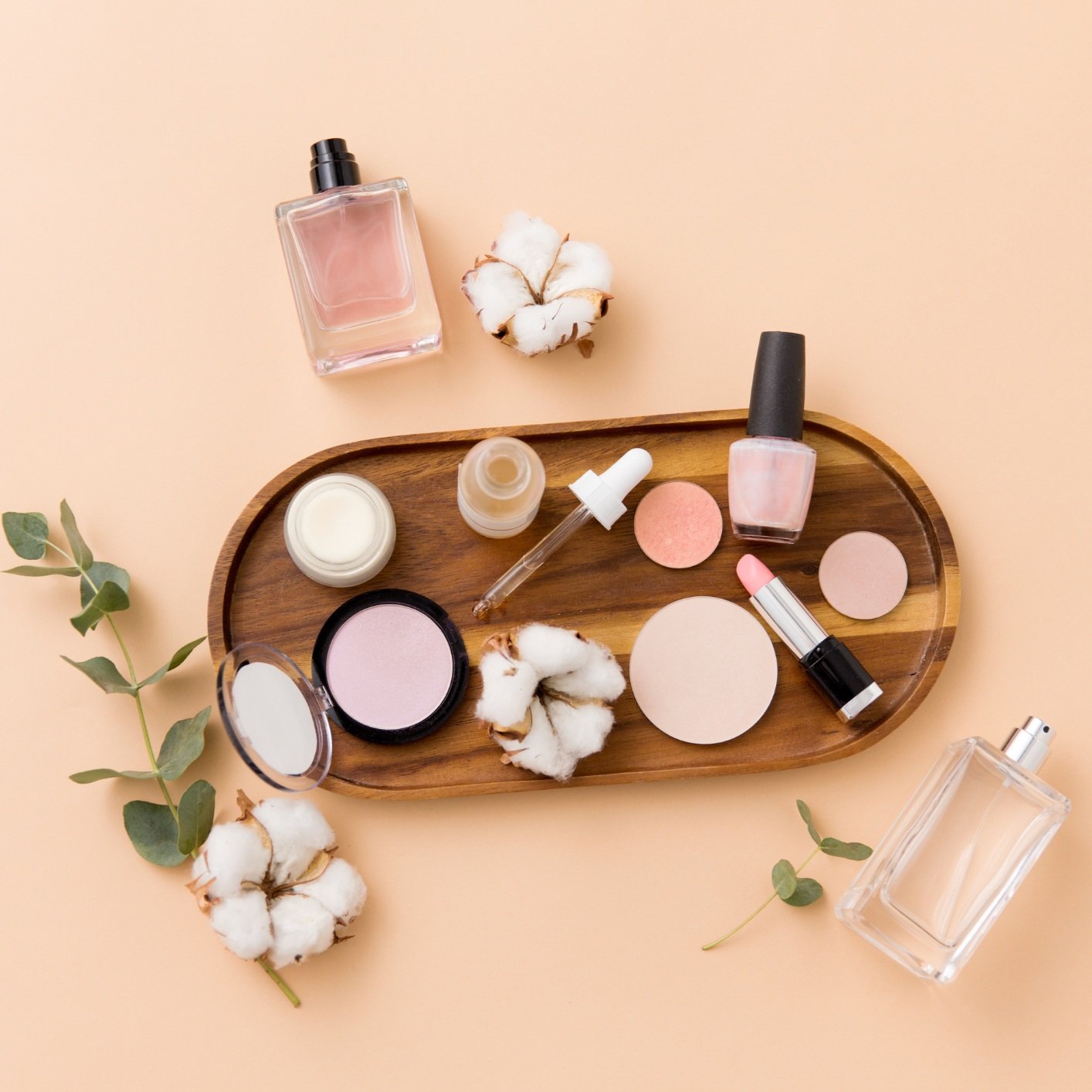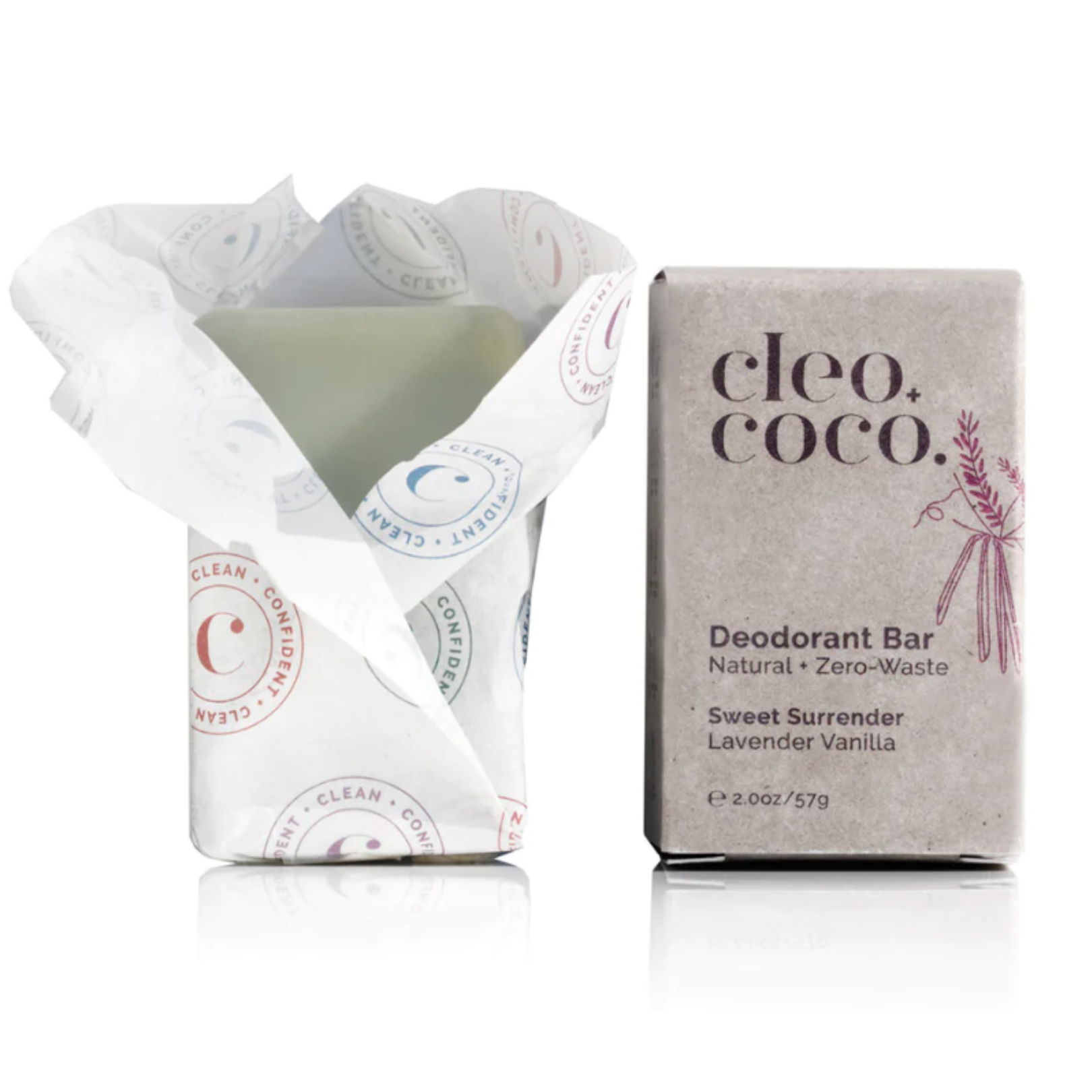5 Must Have Beauty Products With Biodegradable Packaging
W&S Staff
SHARE ON:
Biodegradable packaging is a way forward to a more green future but shouldn’t be considered the best solution for our waste problem.
Biodegradable packaging can be made from renewable (i.e. plants) and nonrenewable materials.
Biodegradable packaging can help limit the amount of waste, toxic gasses and chemicals, and damage to marine life compared to traditional plastic packaging.
Below we round up five brands that offer biodegradable beauty and wellness products.
Shop W&S Approved for more conscious shopping brands and products.
What Is Biodegradable Packing?
Biodegradable packaging describes any packaging that will naturally decompose or disintegrate. However, what is not commonly discussed is how long it will take for said packaging to do so. That means that a vast range of materials can be labeled biodegradable, regardless of how long it takes for that material to reach the end of its life cycle where it entirely breaks down.
This means packaging materials that take weeks to break down versus materials that may take years or even centuries can be marketed as technically “biodegradable”. As a result, some products marketed as having biodegradable packaging will add to our waste problem that’s causing extensive damage to the environment.
This is why it matters which type of materials you seek in your products when looking for the most environmentally friendly biodegradable packaging. There is a common misconception that all biodegradable packaging is made from plant-based materials. In actuality, what makes a material biodegradable is a question of molecular structure and the strength of its polymer chain. In layman’s terms, biodegradable packaging can be made from fossil fuels and plant-based materials!
This issue with biodegradable packaging often goes unnoticed because this type of packaging is often compared to plastic packaging, which is notoriously one of the most troublesome materials to deal with once released into natural habitats since it never breaks down. Regardless, biodegradable packaging shouldn’t only be compared with plastic but also judged on its own merits.
With that said, we suggest that to be a conscious consumer, one doesn’t ultimately depend on biodegradable packaging to solve our waste problem. Yes, it’s a step in the right direction, but it doesn’t get to the root cause of overconsumption. In this way, we suggest consumers understand that the best way to help the environment is to buy and consume less before trying to consume better.
What is Biodegradable Packaging Made Of?
As we said earlier, a range of materials can be considered “biodegradable”, whether sourced from plant materials or fossil fuel materials, due to biodegradability being based on a material’s molecular structure and polymer chain. A famous example of fossil-fuel sourced biodegradable materials is PBAT (polybutylene adipate terephthalate).
PBAT is a biodegradable polymer made from fossil fuels. Unlike traditional plastics, PBAT can be broken down commercially or at home without releasing methane or other harmful toxins. This biodegradable packaging mimics conventional plastics in its durability and flexibility, making it an excellent alternative for food and cosmetic packaging. However, PBAT is not a renewable plastic as it’s made from nonrenewable sources. This is a significant caveat as more research must be done to develop a more plant-based, renewable version of PBAT.
With that said, plenty of plant-based plastic alternatives are available on the market, commonly referred to as “bioplastics”. Bioplastics are made from a range of plant-based materials, including:
Hemp: Hemp is a biodegradable material sourced from cannabis. While having the flexibility and resiliency of traditional plastic, hemp is exceptionally more expensive to make and is not yet commercially available.
Cellulose/Cellophane: Derived from the cell walls of plants, cellulose is a biodegradable material that mimics plastic in its ability to be moisture resistant, heat sealable, oil resistant and low-cost. Still, it doesn’t offer the same long shelf life and safety barrier as traditional plastics.
PLA (Polylactic acid): PLA is a biodegradable material sourced from either sugar cane or maize. While PLA is great, it takes a long time to break down and must be done commercially.
Seaweed: Seaweed packaging materials are some of the most biodegradable on the market, yet do not offer the benefits of stability that traditional plastics do and therefore are not the best option for food and cosmetic products.
While these alternatives are excellent in their own right, they have setbacks, and none can be used as universal plastic alternatives. Again, this reiterates the need for consumers to prioritize reducing the amount of single-use plastics they consume when trying to reduce their environmental impact.
What Are The Benefits Of Using Biodegradable Packaging?
To be clear, our point above that consumers should try to consume less before they consume better isn’t a dig at the push for more consumer goods to be packaged in biodegradable materials. To do so would be denying the multitude of benefits that biodegradable packaging has compared to traditional, non-biodegradable plastic packaging.
For starters, very little of the plastic packaging we produce as a society gets recycled. It’s estimated that only 5-6% plastic ends up being reused. This means that most packaging will end up in a landfill, with landfills estimated to receive around 27 million tons of plastic a year and a large portion of that is from consumer goods.
As a result, plastic found deep in landfills has a range of negative impacts on the environment. For instance, chemicals added to plastics such as phthalates and Bisphenol A (widely known as BPA) are known to leach out of decomposing plastic. They can enter waterways hurting freshwater quality and ecosystems. There’s also the matter of money. Landfills are costly to maintain, with the United States spending around 200 billion to dispose of garbage each year.
These estimates don’t even consider the future costs associated with managing the impacts of landfill waste, which again have been shown and will increasingly wreak havoc on the natural environment. By switching to more biodegradable packaging, especially biodegradable packaging that can be composted at home, the United States government can use less of its resources on waste management and opt instead to invest more into our inevitable transition into a greener economy.
Another benefit of using biodegradable packaging is the minimization of impact on marine life. Most of us have seen the grueling images of turtles and birds trapped in plastic soda rings or tubular net bags. Animals are not only being trapped in plastic, but they are also eating it. It’s estimated that virtually every seabird has now consumed plastic, most of which is in the form of small rice-sized particles known as microplastics.
Microplastics make up the majority of the quarter of a billion metric tons of plastic in the ocean and result from the weathering of larger pieces of plastic-like those from cosmetic products and packaging. Again, by switching to biodegradable packaging (and formulas) in your beauty routine, consumers and brands are supporting the movement towards healthier oceans and marine life.
5 Beauty Products Made With Biodegradable Packaging
The beauty industry doesn’t have to be as destructive to our environment as it currently is. We suggest checking out these beauty and wellness brands pioneering better ways to meet consumers’ beauty needs.
Cleo and Coco Deodorant BAR Zero-Waste - Sweet Surrender, Lavender Vanilla
The Cleo and Coco Deodorant Bar is a unique formulation of activated charcoal, essential oils, plant-based powder, and clay. It’s an aluminum-free, natural deodorant wrapped in grease-proof compostable paper and an FSC-certified paper box.
2. Green People One Balm
The One Balm by Green People is the UK’s first fully biodegradable pot. The product is an organic multi-purpose balm that can be used to restore dry skin anywhere on the body, including the face, hands, lips, and body.
3. KOOSHOO Compostable Scrunchies
These biodegradable scrunchies are made with the softest organic materials, sure to hold up with hair with a comfortable and breathable hold.
4. Ethique Poppy Lipstick
Ethique is a brand we’ve discussed before, and we can’t get enough of their sustainable health and beauty product line. This time, we’re highlighting their poppy lipstick, made from organic antioxidants and plant-based waxes to moisturize and tint lips to perfection!
5. RDP Skincare Slow Face Cream
RDP offers an all-natural face moisturizer that simultaneously hydrates, plumps, and smooths the skin. Its formula is suitable for all skin types and comes in sustainable, organically biodegradable packaging made of wood fibers and natural binders.













